Tomatoes are a beloved staple in many gardens, prized for their juicy, flavourful fruit that enhances countless dishes. Their vibrant colours and rich tastes make them a favourite for everything from fresh salads to hearty sauces!
Whether you're a seasoned gardener or a beginner, growing your own tomatoes can be incredibly rewarding; imagine stepping out into your garden and picking a sun-warmed, vine-ripened tomato to add to your meals. It's a simple pleasure that can elevate your culinary creations to the next level.
In this guide, we’ll explain how to grow tomatoes from seeds, whether you have a sprawling backyard garden or a raised garden bed on your balcony. We’ve got all the tips and techniques to ensure your tomato plants thrive.
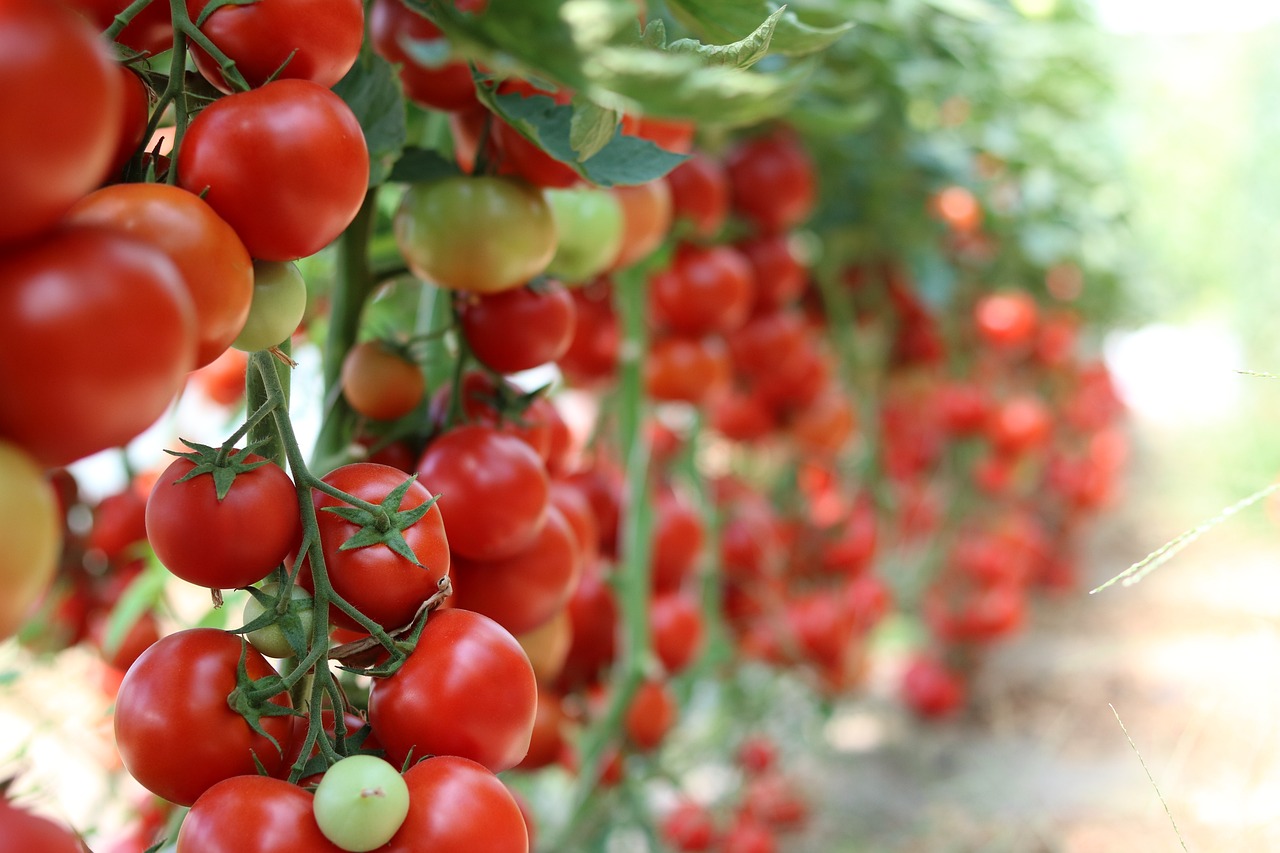
The first step in growing tomatoes is selecting the right variety for your garden. Tomatoes come in two main types: determinate and indeterminate:
When choosing your tomato variety, consider your space, growing conditions, and how you plan to use your tomatoes. For example, if you’re growing tomatoes in a raised garden bed, you might opt for determinate tomatoes because they only grow to a certain height, allowing you to maximise space on your balcony or patio.
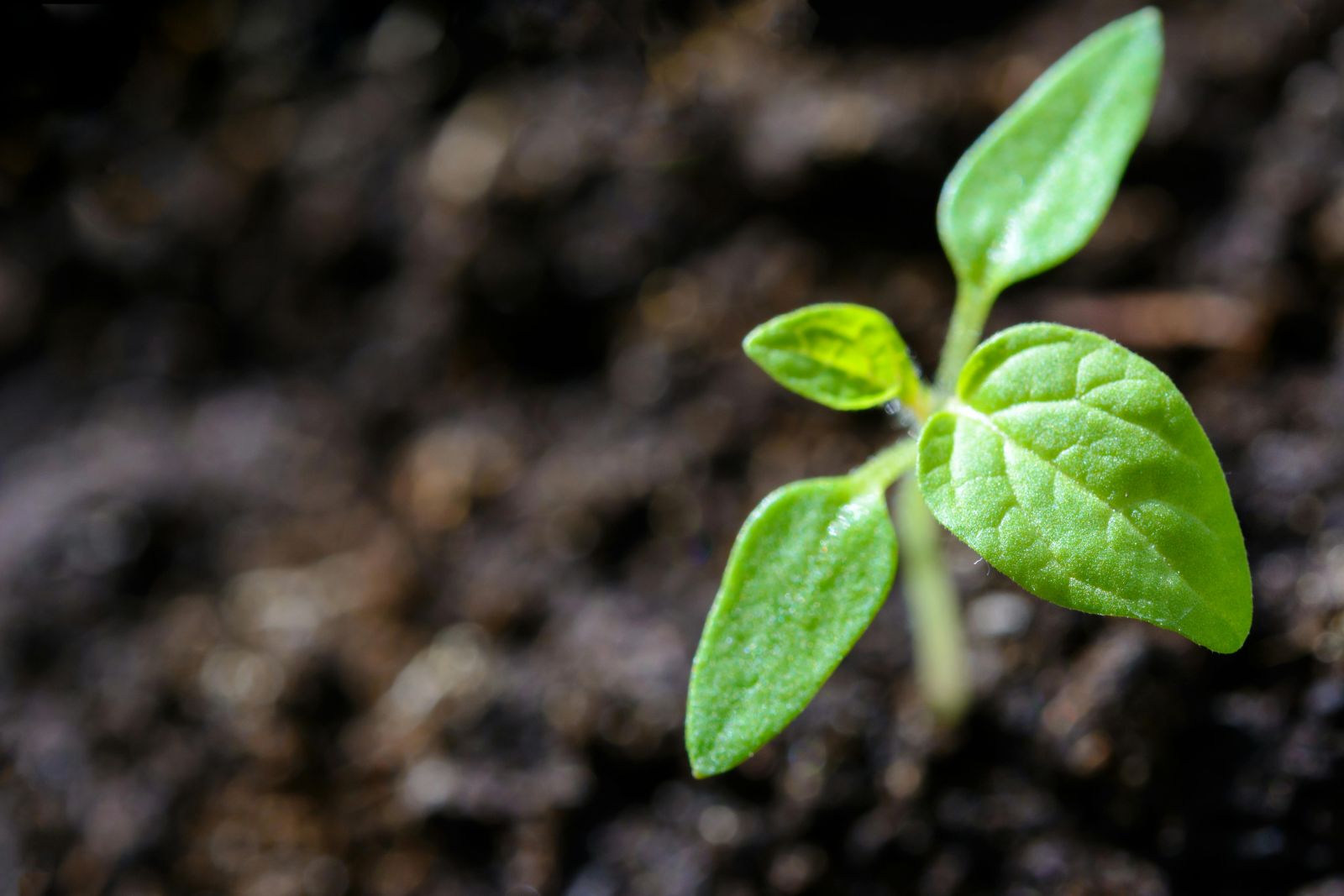
Tomatoes thrive in well-draining, nutrient-rich soil; proper soil preparation is crucial for healthy growth and a bountiful harvest. To get started, test the soil’s pH. Tomatoes prefer acidic soil with a pH of 6.0 to 6.8 — if it’s too acidic (below 6.0), add lime to raise the pH, and if it’s too alkaline (above 6.8), add sulphur to lower it.
You can purchase a soil test kit from your local nursery or Bunnings!
Here are some other tips for preparing soil.
Tomatoes are heavy feeders, so enriching the soil with organic matter is key. Mix in plenty of compost to improve soil structure, fertility, and drainage, as well as well-rotted manure to boost nutrient levels. Organic amendments like bone meal (for phosphorus) and wood ash (for potassium) can also improve soil fertility.
If your garden soil is heavy clay or poorly drained, a raised garden bed is the perfect solution. Raised beds offer better drainage, improved soil aeration, and warmer soil temperatures, which are ideal conditions for tomato plants.
Fill your raised beds with high-quality garden soil mix and equal parts of topsoil, compost, and well-rotted manure to improve drainage further.
After planting your tomato seeds, apply a layer of mulch to help retain soil moisture, suppress weeds, and regulate soil temperature.
Ensure the soil is well-aerated by loosening it with a garden fork or tiller before planting. Avoid over-tilling — this can disrupt the soil structure and harm beneficial organisms.
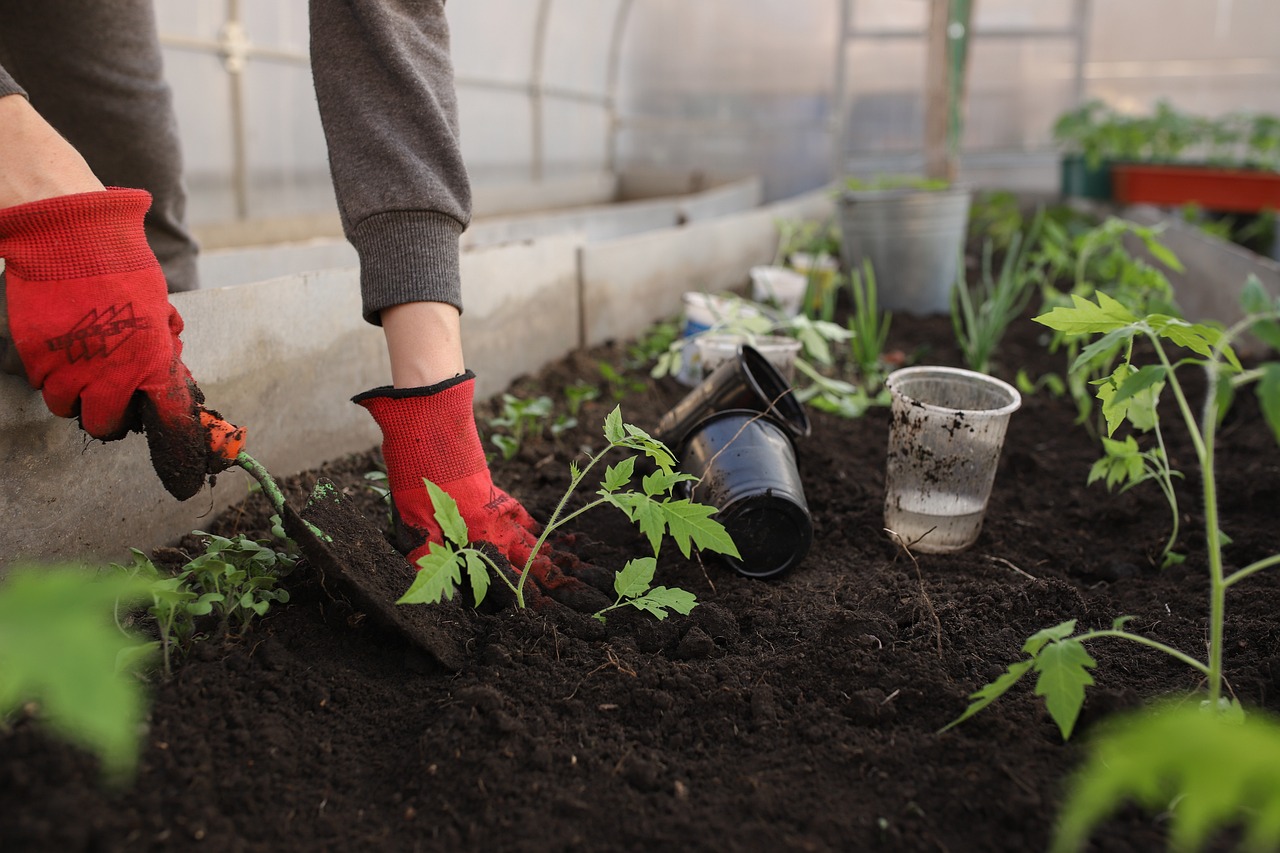
Properly planting your tomatoes will set the foundation for strong growth and fruit production. Spacing is essential to ensure your tomato plants have enough room to grow and access sunlight, air, and nutrients:
Aside from spacing, water your seeds after planting to settle the soil and eliminate air pockets. Keep the soil consistently moist (but not waterlogged) until the plants are established.
The timing of planting tomatoes is also critical to success. For example, tomatoes are warm-weather plants and highly sensitive to frost, so plant them after the last frost date in your region. You can find this information from local nurseries (or a quick Google will suffice).
Ensure the soil is consistently above 15 degrees before planting, too. Cold soil can stunt growth and make your tomato plants susceptible to diseases. Use a thermometer to check the temperature.
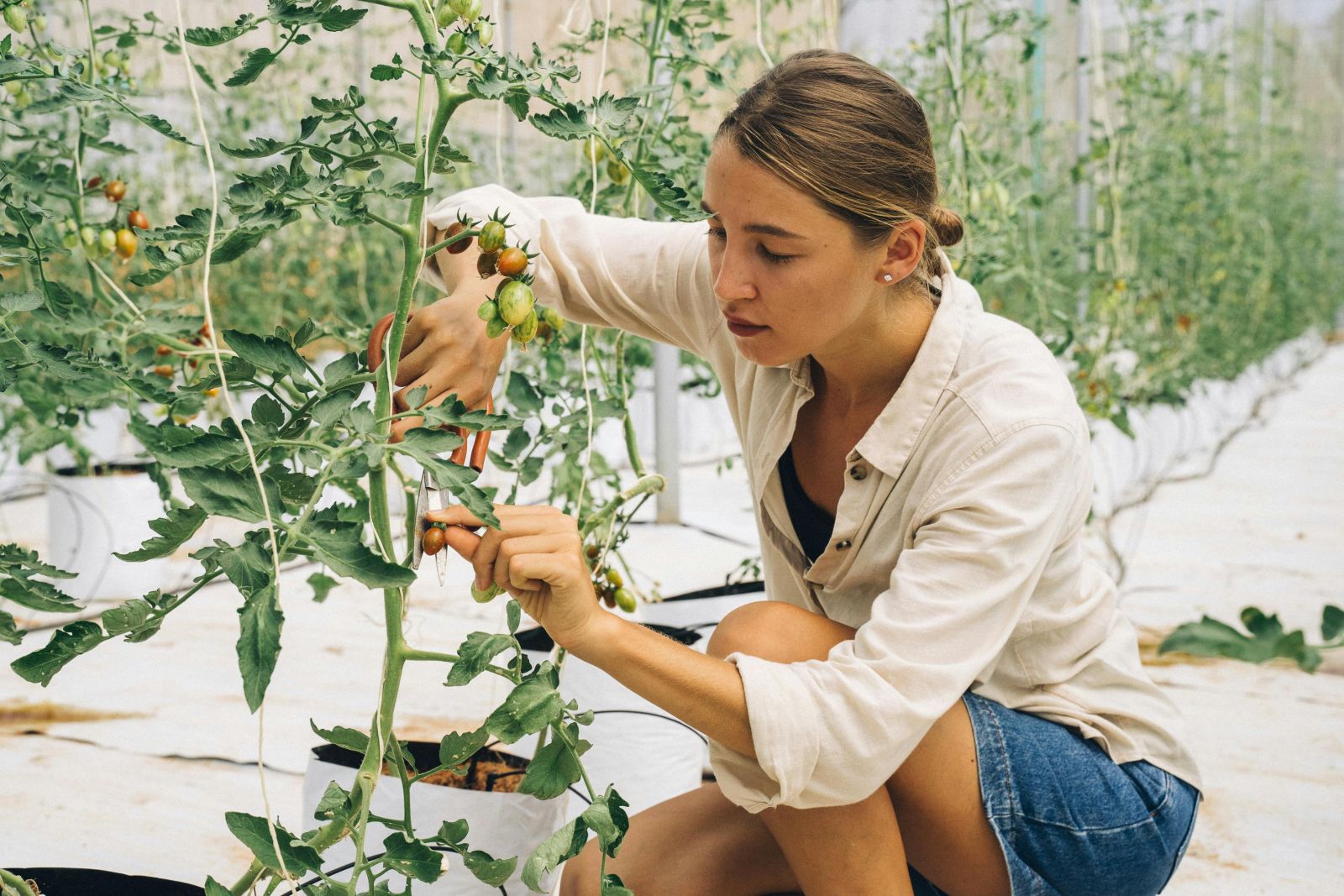
Supporting your tomato plants is essential, particularly if you prefer a low-maintenance approach. There are three options available: staking, caging, and trellising.
Regardless of which option you choose, it’s important to regularly check the ties and supports to ensure they’re holding up well and adjust them if needed. Loosen any ties that are becoming too tight to prevent damage to the stem.
At the end of the growing season, remove the supports and clean them. Store them in a dry place to prevent rust or damage, ensuring they’re ready for the next growing season.
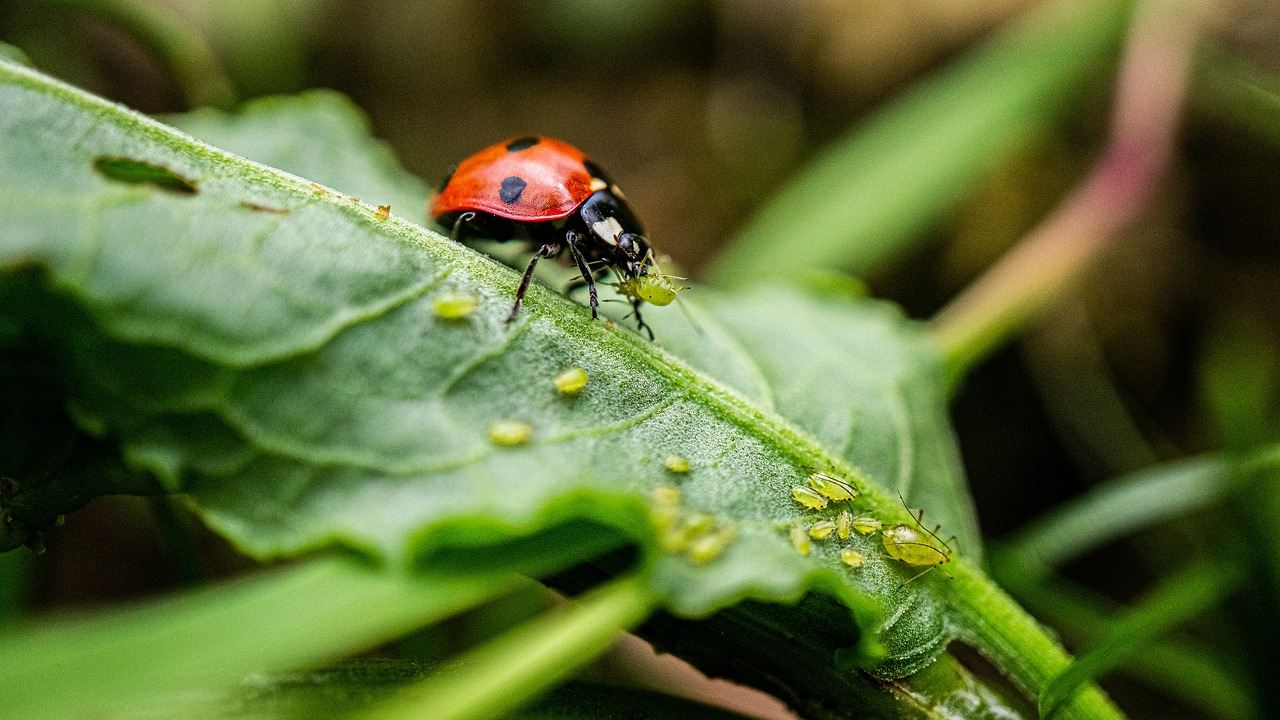
Tomato plants attract several pests that can damage the leaves, stems, and fruits, like aphids — small, soft-bodied insects that cluster on the underside of leaves, sucking sap and weakening the plant. They excrete a sticky substance called honeydew which can lead to mould growth.
Spray aphids with a strong jet of water to dislodge them. Introducing beneficial insects like ladybugs (the natural predator of aphids) can help keep their population in check.
Other pests include:
These large green caterpillars defoliate tomato plants, leading to significant damage. They also blend with the foliage, making them extra hard to spot!
Handpick them off the plants and dispose of them. Use a biological insecticide to control larvae, and encourage natural predators like birds and wasps to help manage the population.
These pests can cause stippling and yellowing of leaves, leading to reduced plant vigour. They thrive in hot, dry conditions.
Introducing predatory mites can help manage spider mite populations. Alternatively, you can spray them with water to dislodge them or use an insecticidal soap.
These nocturnal larvae can cut off young seedlings at the soil line. Use collars made from cardboard or plastic around the base of your seedlings to prevent cutworm damage, and remove plant debris and weeds where cutworms might hide.
Tomatoes are also prone to several fungal, bacterial, and viral diseases. Here are some tips on how to prevent and control common tomato diseases found in Australian gardens:
Fungal infections like blight, mildew, and leaf spots are common in tomatoes. These diseases thrive in humid conditions and spread quickly.
Here are some preventative measures you can take to avoid these diseases:
Bacterial infections like citrus canker can cause wilting, leaf spots, and stem lesions.
Viral infections such as tomato mosaic virus and tomato spotted wilt virus cause mottled leaves, stunted growth, and reduced fruit quality.
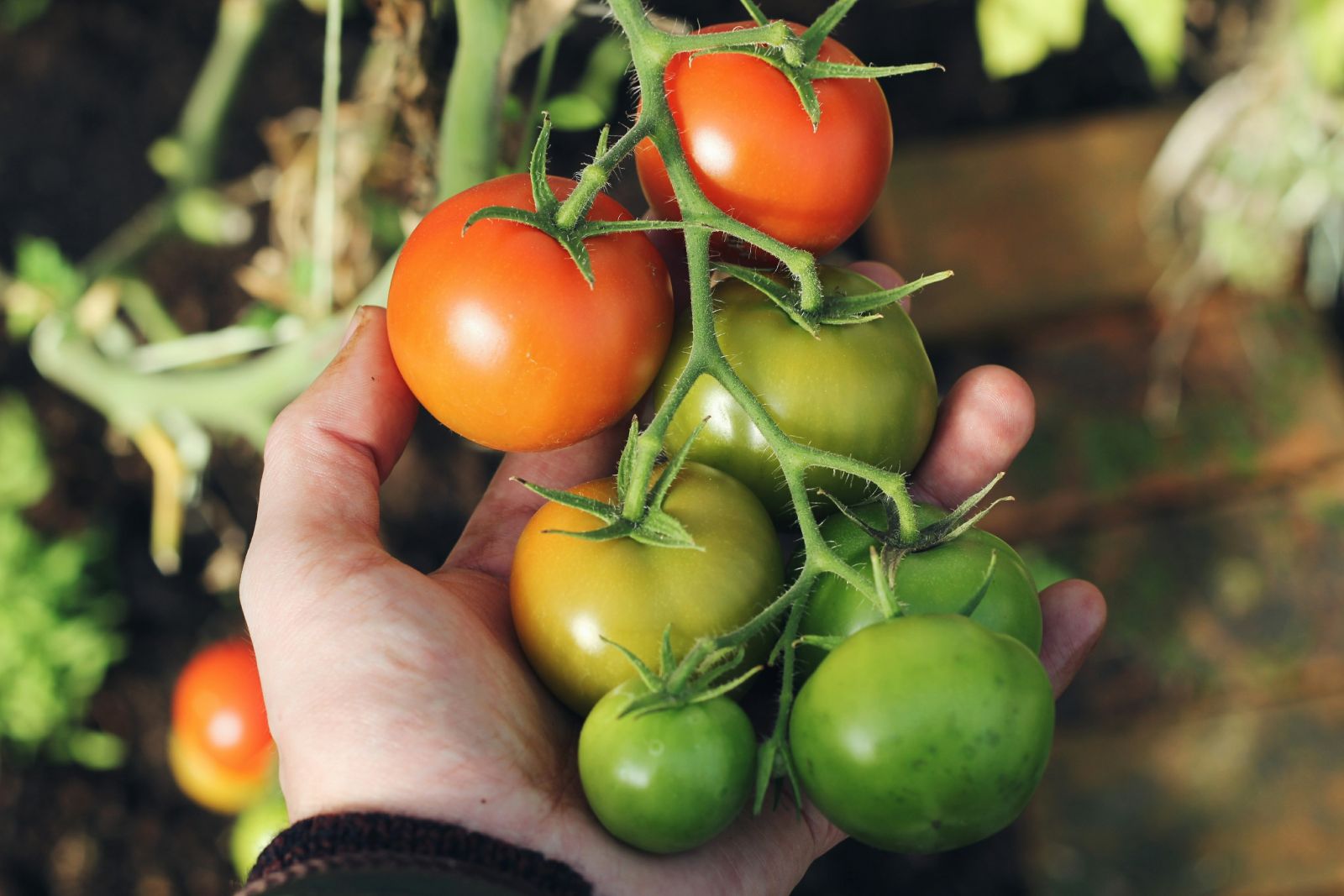
Knowing how and when to harvest tomatoes is essential for the best flavour and texture! Proper harvesting techniques can also help maintain the health of your plants, encouraging continuous fruit production throughout the growing season.
Your tomatoes are ready to harvest when:
To avoid damaging the fruit or the plant:
From selecting the right varieties and preparing your soil, to providing proper support and managing pests and diseases, each stage is crucial for ensuring healthy, productive plants. Remember, gardening is both an art and a science, and every garden is unique. Don’t be afraid to experiment and adapt the tips above to suit your specific conditions and preferences.
Give your tomato plants the best start to life with a raised garden bed from the Organic Garden Co! Our designs ensure the soil is well-aerated and drained, creating the best conditions to grow healthy tomatoes.